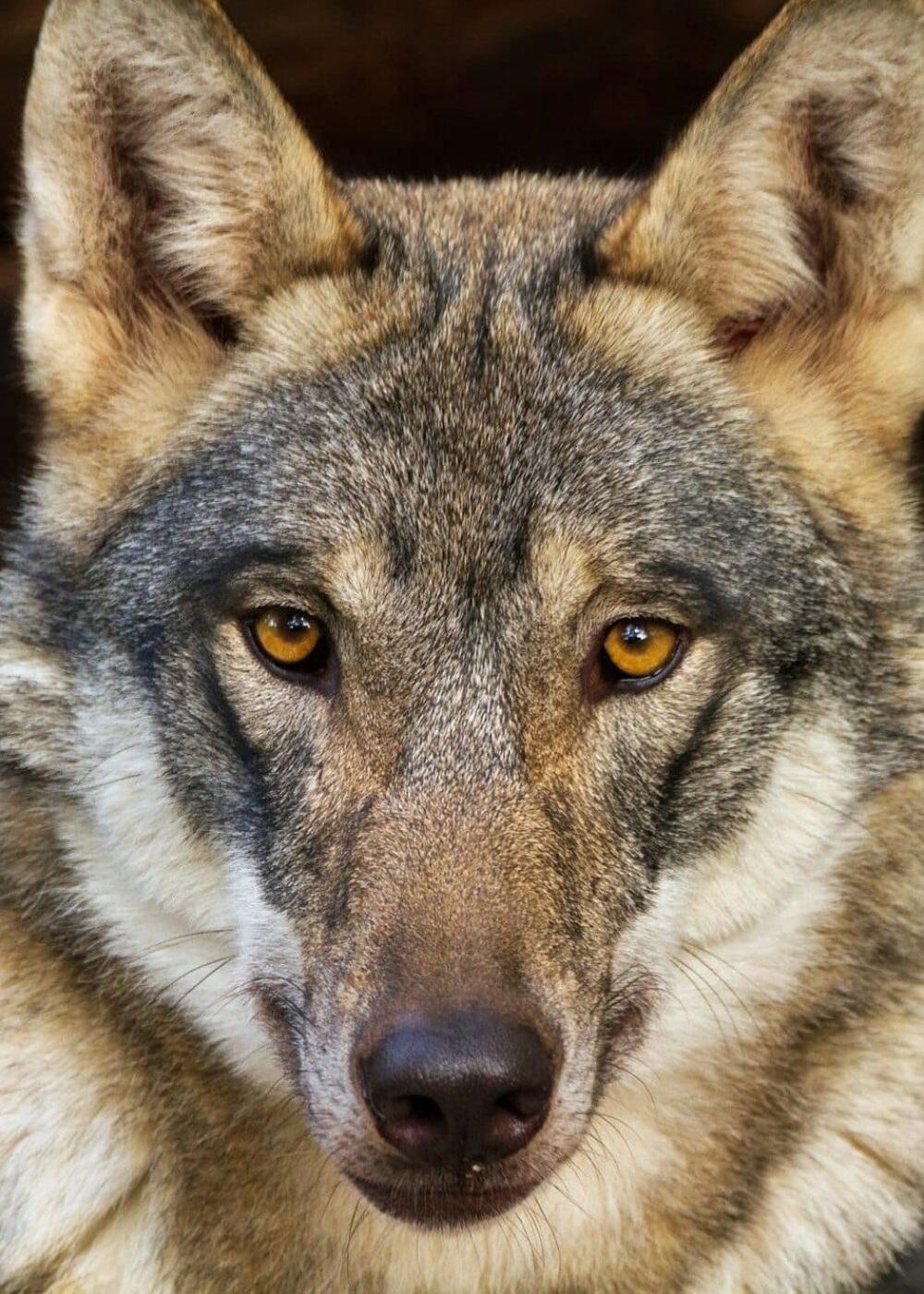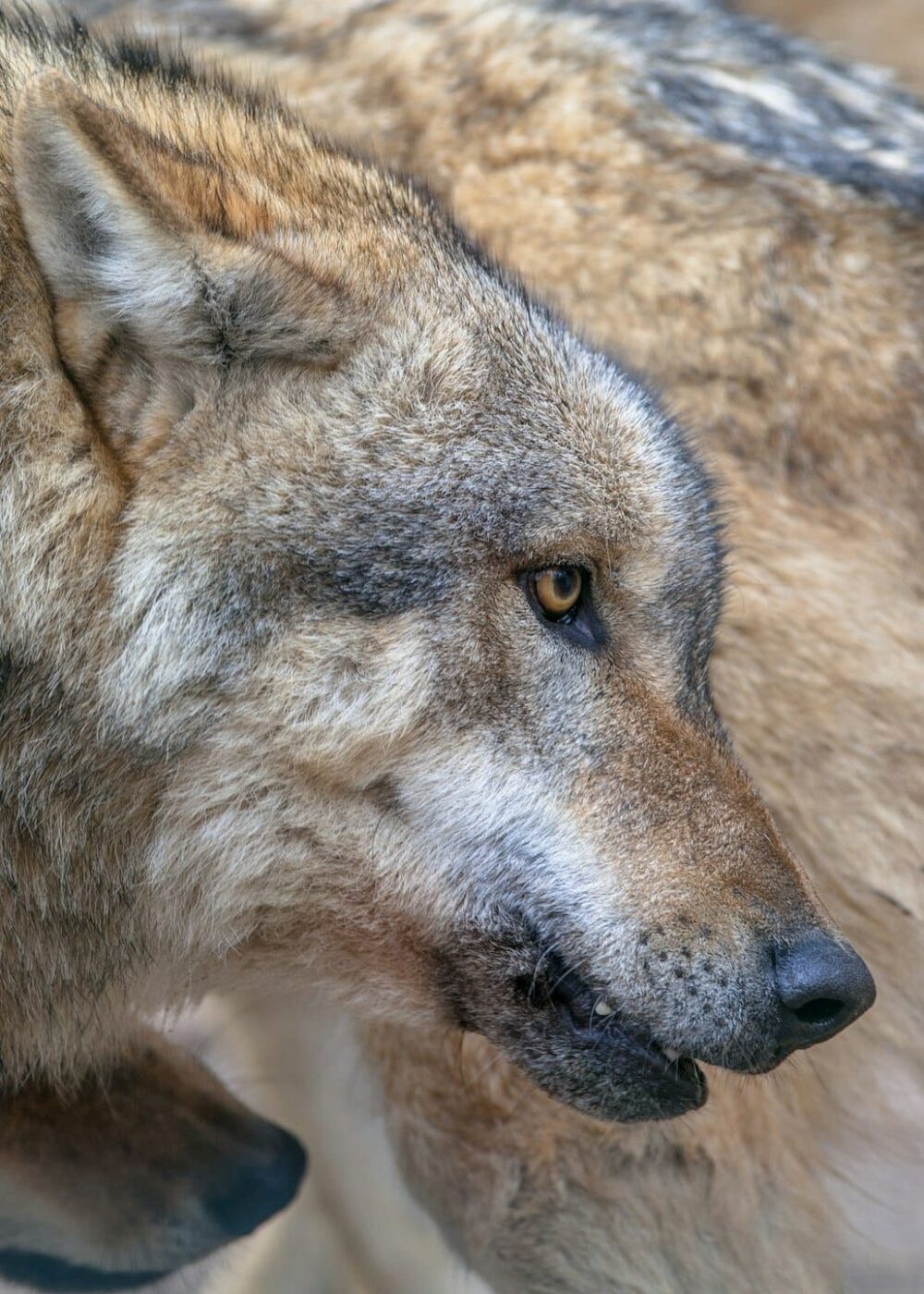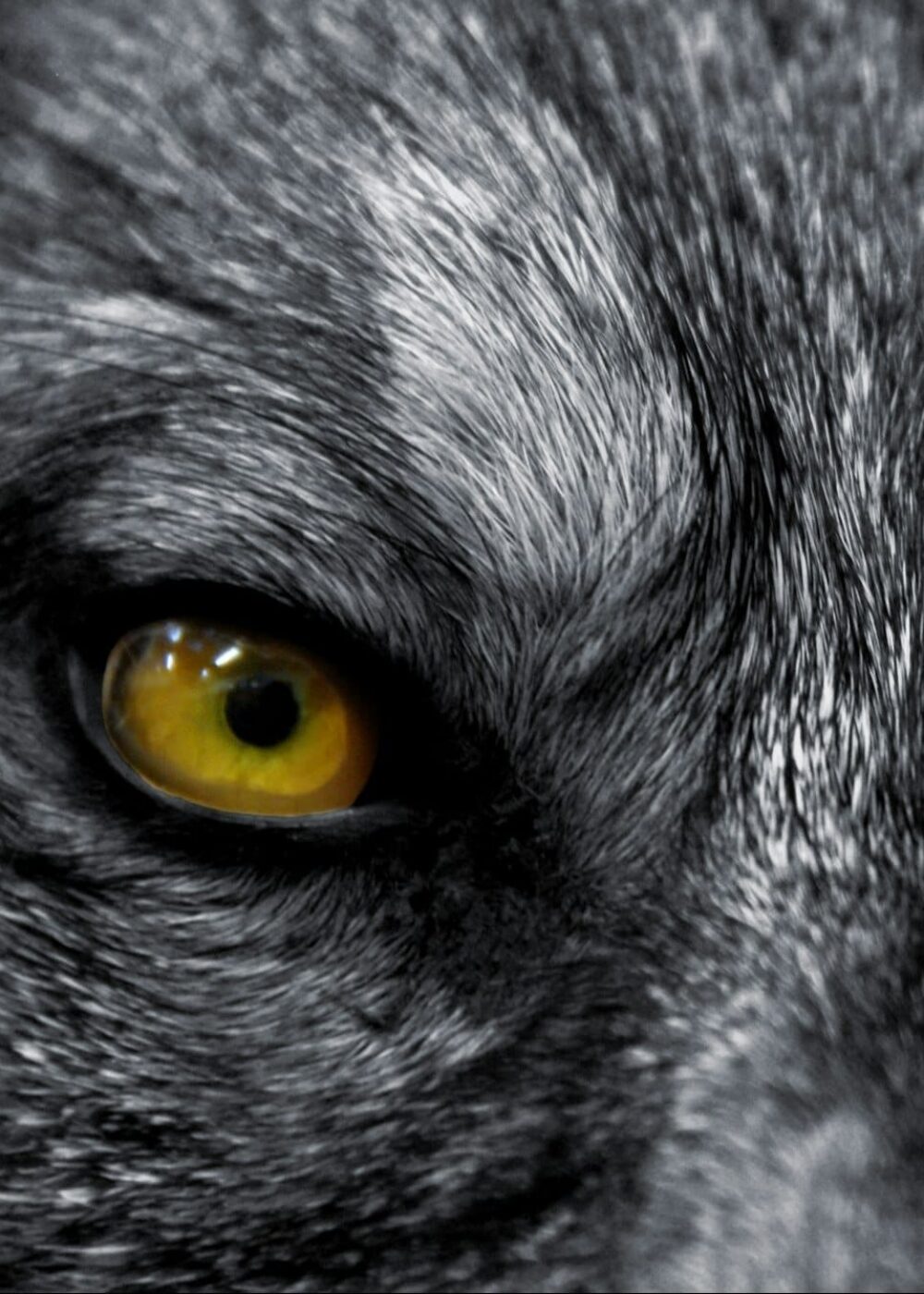Vancouver Island’s Grey Wolf
The enigmatic Grey Wolves of Vancouver Island, a subspecies of the Canis Lupus, offer a profound study of nature’s resilience and adaptability.
These majestic creatures, marked by their strikingly robust physique and distinctive silver-grey pelage, inhabit the diverse ecosystems of the island, from its dense forests to the remote rocky outcrops.
Their complex social structures, intelligent hunting strategies, and intricate communication patterns are testament to their evolutionary journey.
Threatened by human encroachment and hunting, their struggle for survival echoes in the wilderness.
Revered in indigenous folklore, yet often misunderstood, Vancouver Island’s Grey Wolves are a symbol of wilderness that demand our respect and urgent conservation efforts.




